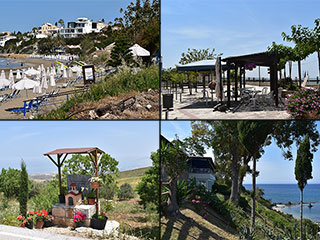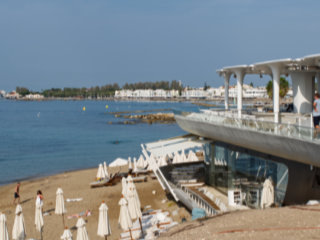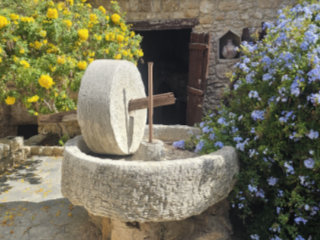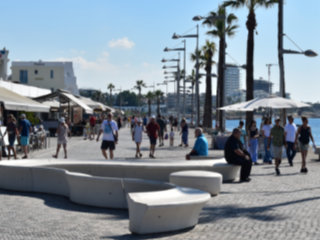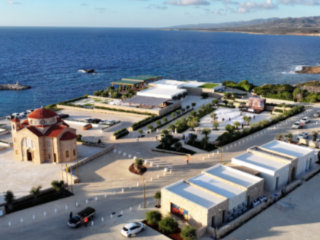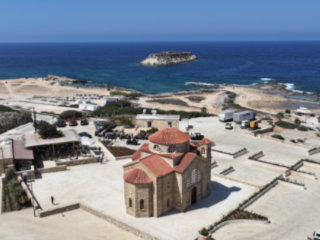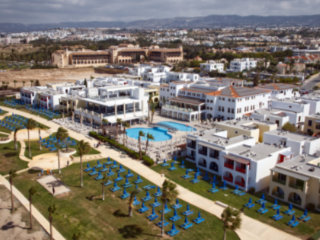Old Choletria
Modern Choletria lies on the F617. You might drive through it if you are headed up to the Troodos from Paphos. However, if you are approaching from the direction of Nata, you will first arrive at Old Choletria. At first glance, there is not much to see here, but it is worth taking a slight detour to explore...
Distant Old Choletria
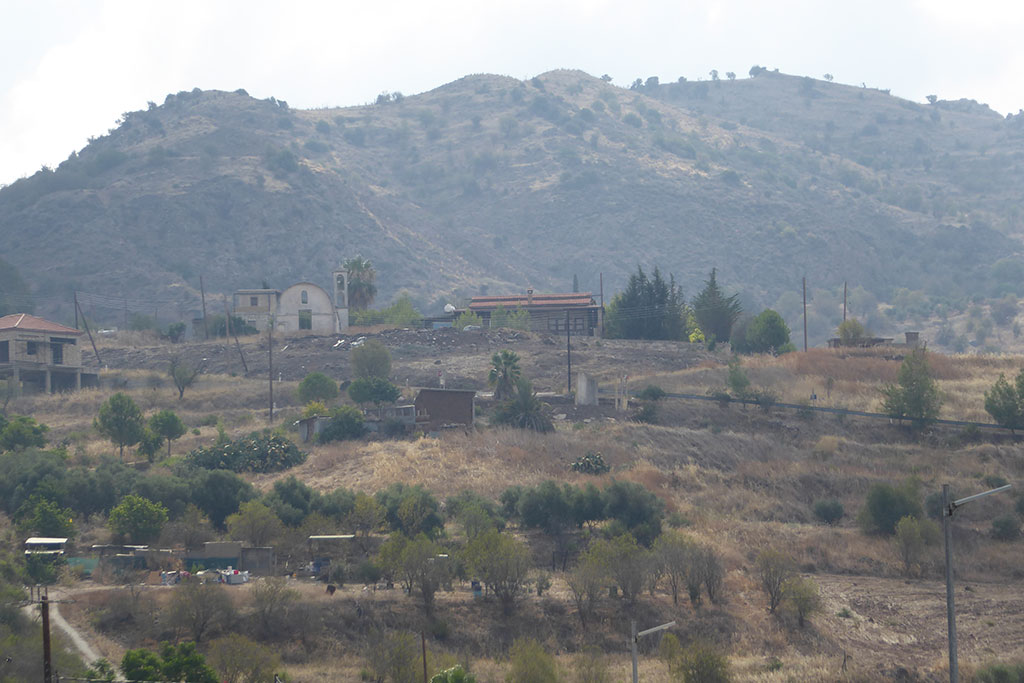
Our journey begins on the outskirts of Nata. Looking across the Xeros Valley you can see the old church and a few other buildings. Nothing looks particularly abandoned from here, but that is just your eyes playing tricks on you.
Old Church
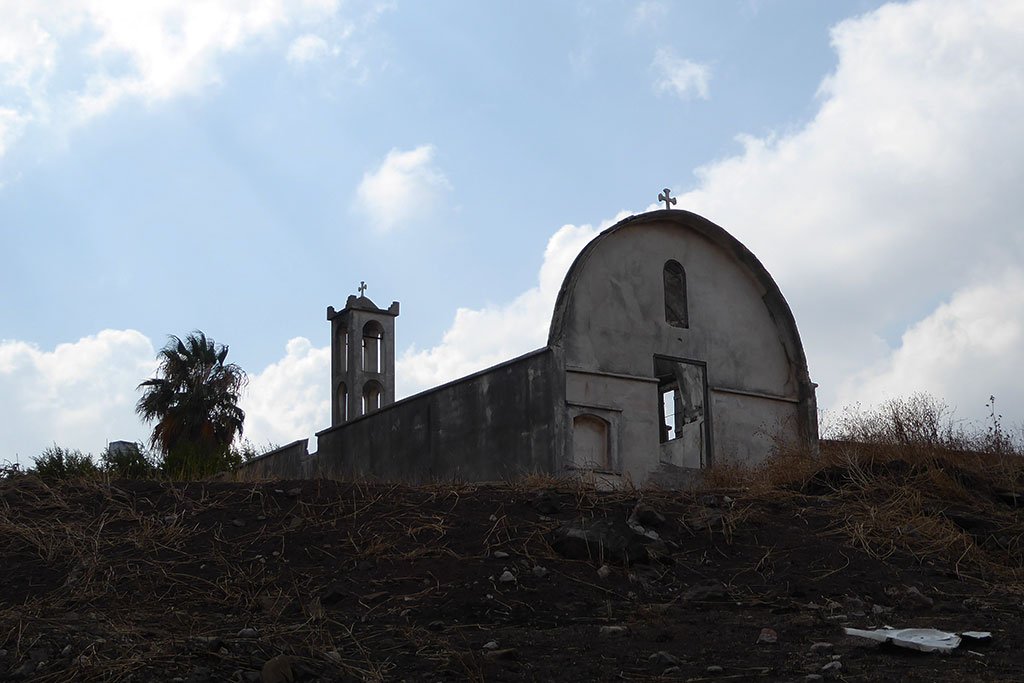
As you can see when you get closer, that church is in ruins. However, it is clearly a church, and not a mosque. This will give you a clue as to why the village was abandoned. The Choletria website has the full story. However, I will summarise it here.
The traditional history of Choletria begins about 500 years ago. Originally it was placed upon a barrow across from the sea, but this made it vulnerable to attack, so they moved to Old Choletria, inside the Xeros Valley. The village's first inhabitants were all stockbreeders, who later became more agricultural.
Signs of Life
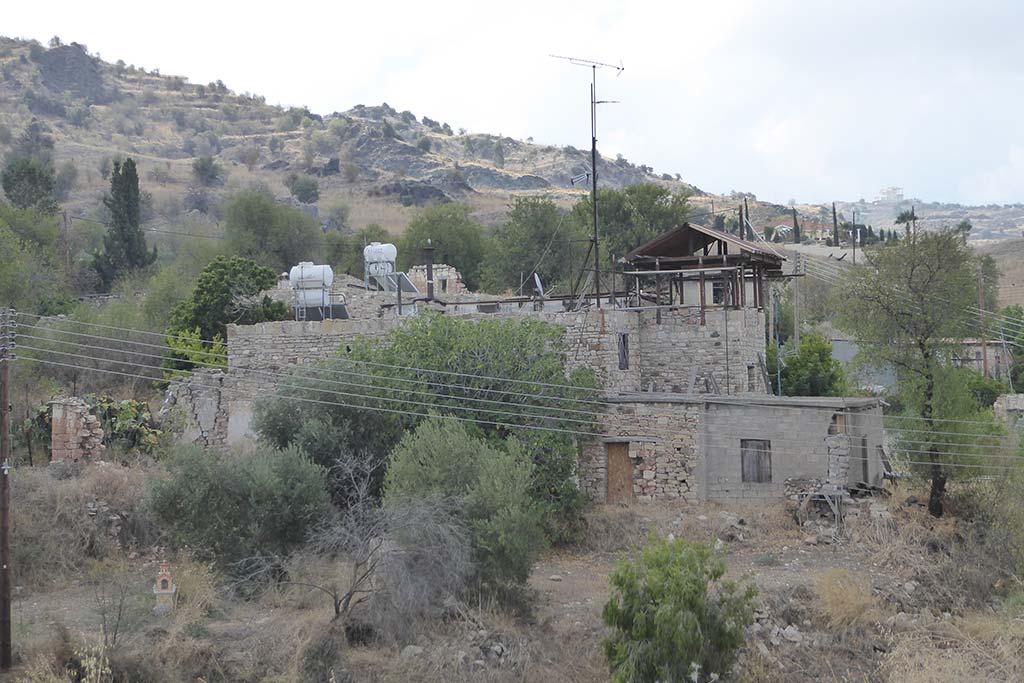
Continuing the History...
On the 10th of September, 1953,Choletria sustained substantial damage in the Paphos Earthquake. The inhabitants tried to move the village, but the colonial government wasn't really interested. Some repairs were done to houses that were damaged and a few shanties were built replacing the ruined houses -and life went on. This however led to the gradual abandonment of the community.
The winters of the late 60s were very hard, and there were large-scale landslides in the area. The villagers put pressure on the government, and even went to Archbishop Mararios for help.
The operations for transferring Choletria started on the 10th of March, 1971. They stopped during the Turkish invasion, but continued on the 18th of August 1974. The operations continued intensely and on the 11th of January, 1975, the first family settled in the new village, to be followed by other families. On the 17th of July, 1975, the new village was supplied with electrical power and by the end of the same year all the families resettled in the new village.
Modern Shrine
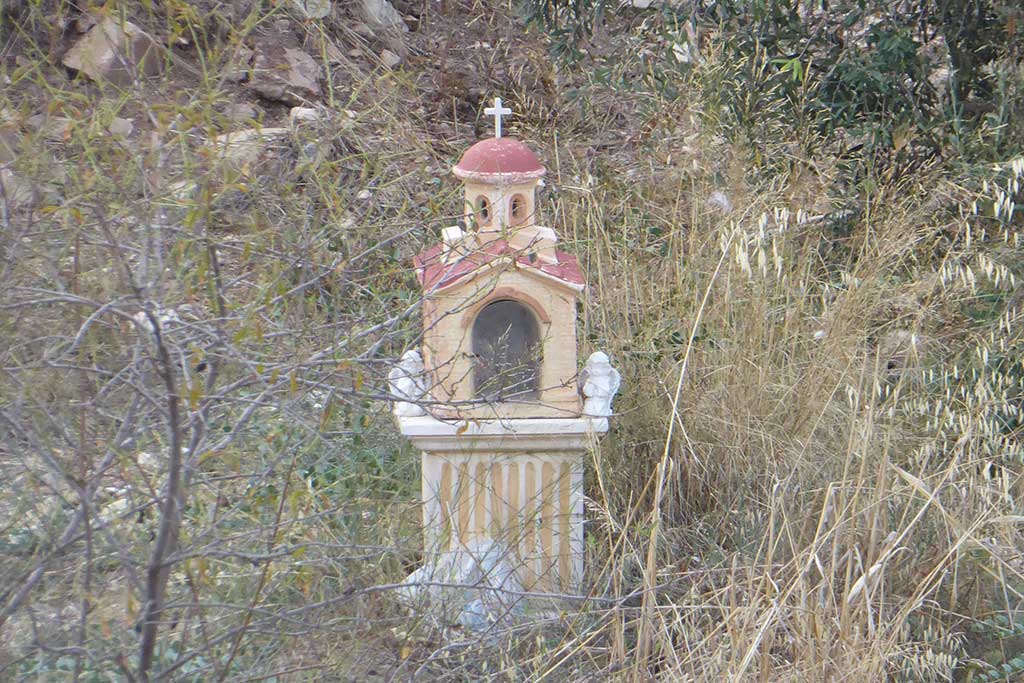
So, Old Choletria was abandoned because of the weather, not because of inter-communal fighting.
When I explore these old villages, I always experience slight feelings of guilt. Part of me feels that it is wrong to gain pleasure from looking at people's ruined lives and dreams. But I feel less guilt when the village was abandoned due to the weather.
Don't worry, I have no plans to stop exploring these villages, I find them very poignant places and I know from some of the comments I get that people from all sides of the divide get pleasure out of seeing them.
Rain Needed!
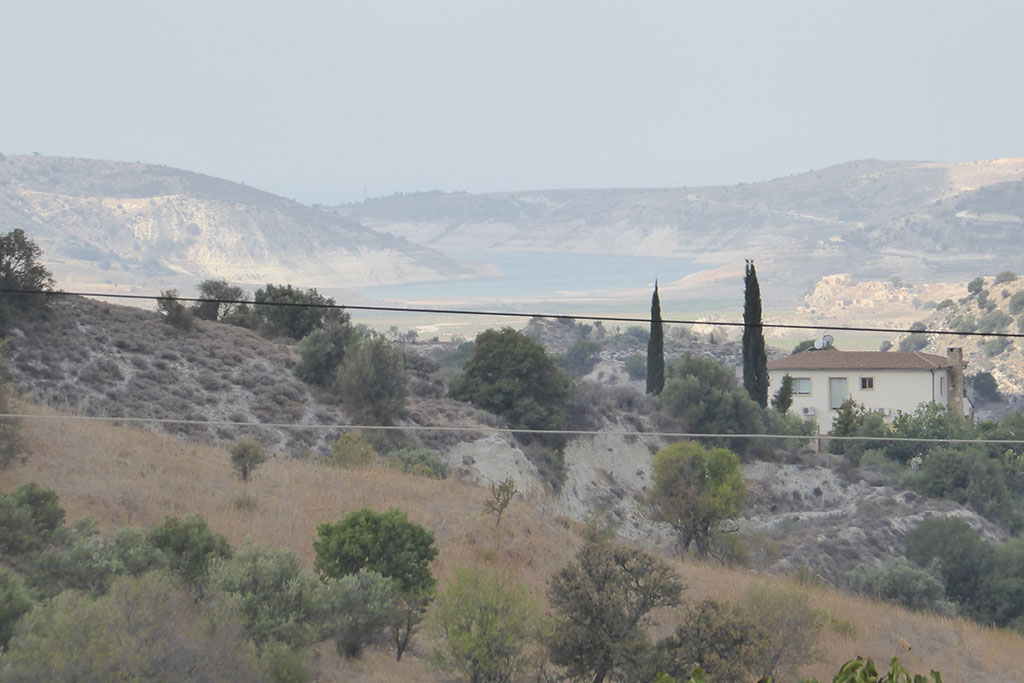
In the distance, you can see a very empty reservoir. The Asprokremmos needs rain.
Page 1 of 7

Related Blogs:
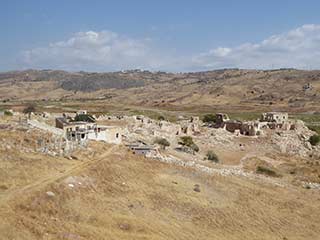
Foinikas Revisited
When we first blogged about Foinikas it was springtime, and the abandoned village was bathed in a sea of yellow. It was always an essential destination on our holidays, but we had never been in Spring, so it came as a pleasant surprise. However, it made it difficult to explore, as you never know what you might tread on when you have to wade through thigh-high flowers. As frequently happens with our blogs, people posted more information about the site in the comments. So we decided to pay another visit a few days ago, and explore it in more depth...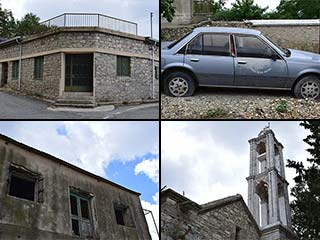
Abandoned Villages - Statos
Statos is unusual, as abandoned villages go. People deserted it not because of inter-communal fighting, but because of the threat of landslides. And then, no sooner had they emptied, some of the abandoned buildings were repopulated. Were villagers returning, or had outsiders moved in, prepared to take the risk of landslide?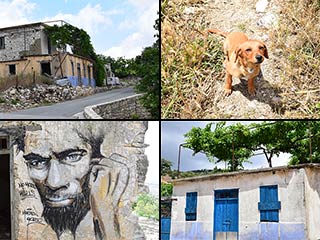
Abandoned Villages - Agios Fotios
Given that I wrote a blog about Statos last week, it would be unfair of me not to cover its close neighbour, Agios Fotios. Their histories are intertwined, as they were both abandoned for the same reason. Indeed, they merged to form a new, single town, called Statos Agios - Fotios. So what was left behind...Good Pages To Visit

FB PagePaphos Life on Facebook
Like us on Facebook and stay notified of new blog posts.

FB PageOur Facebook Chat Group
Paphos Chat has been created for people who like our site and want to chat using Facebook. You can also easily upload photos of any size here. A lot of people are members of the Facebook chat group and the main forum. It's entirely up to you.
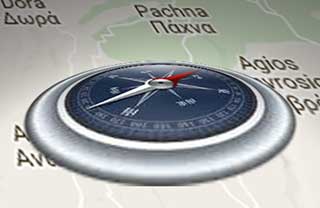
ListBlog Locations
Planning a day out? Then use our map of blog locations as a handy guide. Some of the places we visit our closer to each other than you might think, so take a look and start planning your next adventure...

eBookCyprus Road Trip 01: the Kathikas - Panagia Loop
Let me take you on a journey around the region of Paphos, Cyprus. Starting at Paphos itself, we travel to Akoursos, then Kathikas, Kritou Terra and Simou. We continue past Lasa and Kannaviou, before taking in the delights of Panagia. Getting a bit more adventurous, we visit the abandoned villages of Statos and Agios Fotios, before passing through Choulou, Letymbou and Polemi, and rejoining the main Paphos - Polis road.
The route is suitable for all types of vehicle, and requires no off-roading. The guide contains about 130 photographs including shots of all the road signs you need to pay attention to, as well as some of the highlights you may experience along the way.
There are also several maps which will help you keep your bearings.
You can do this journey in a day, or you can break it up into chunks. You can also do it in reverse, to get some completely different views. It is entirely up to you.
